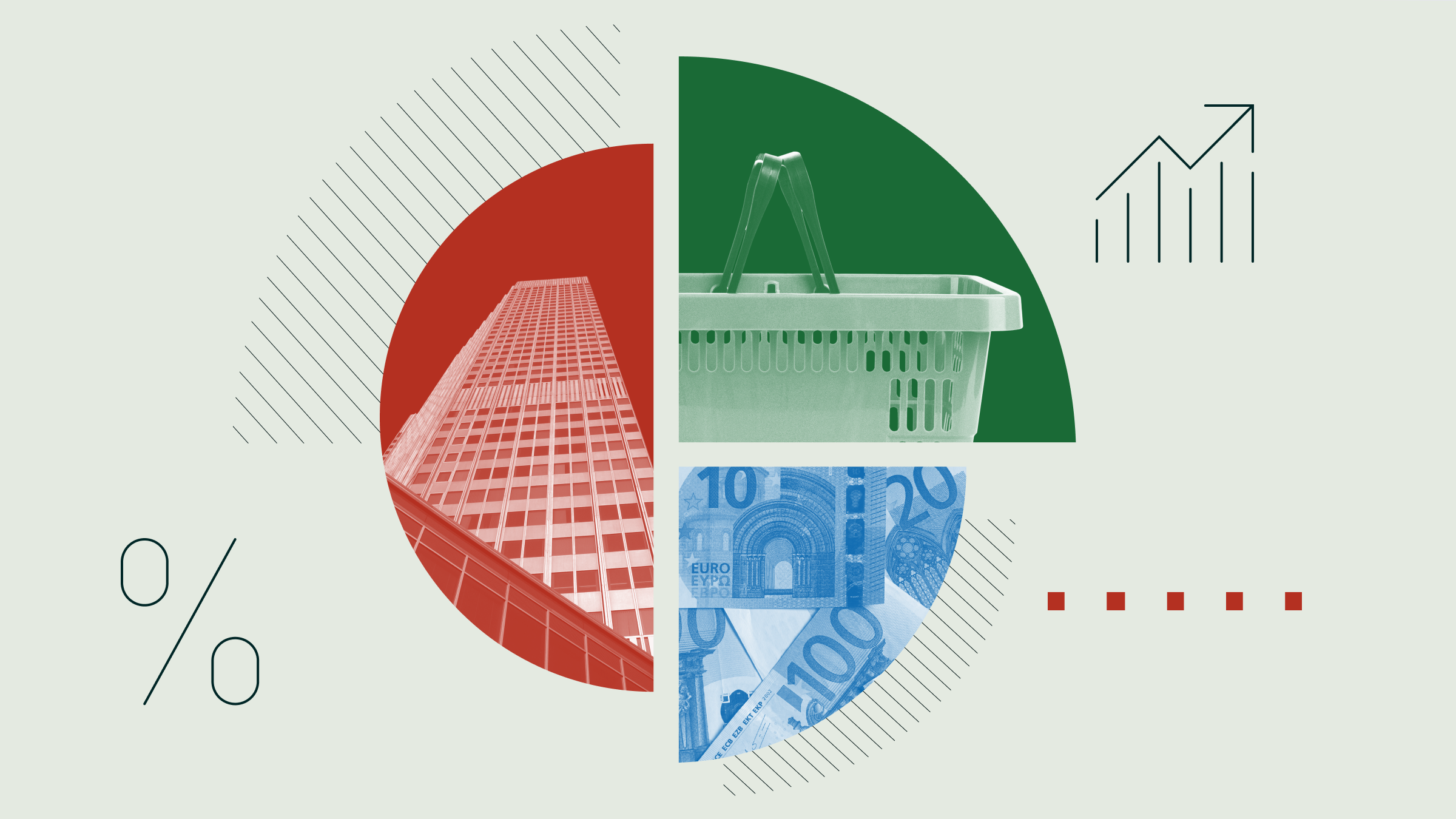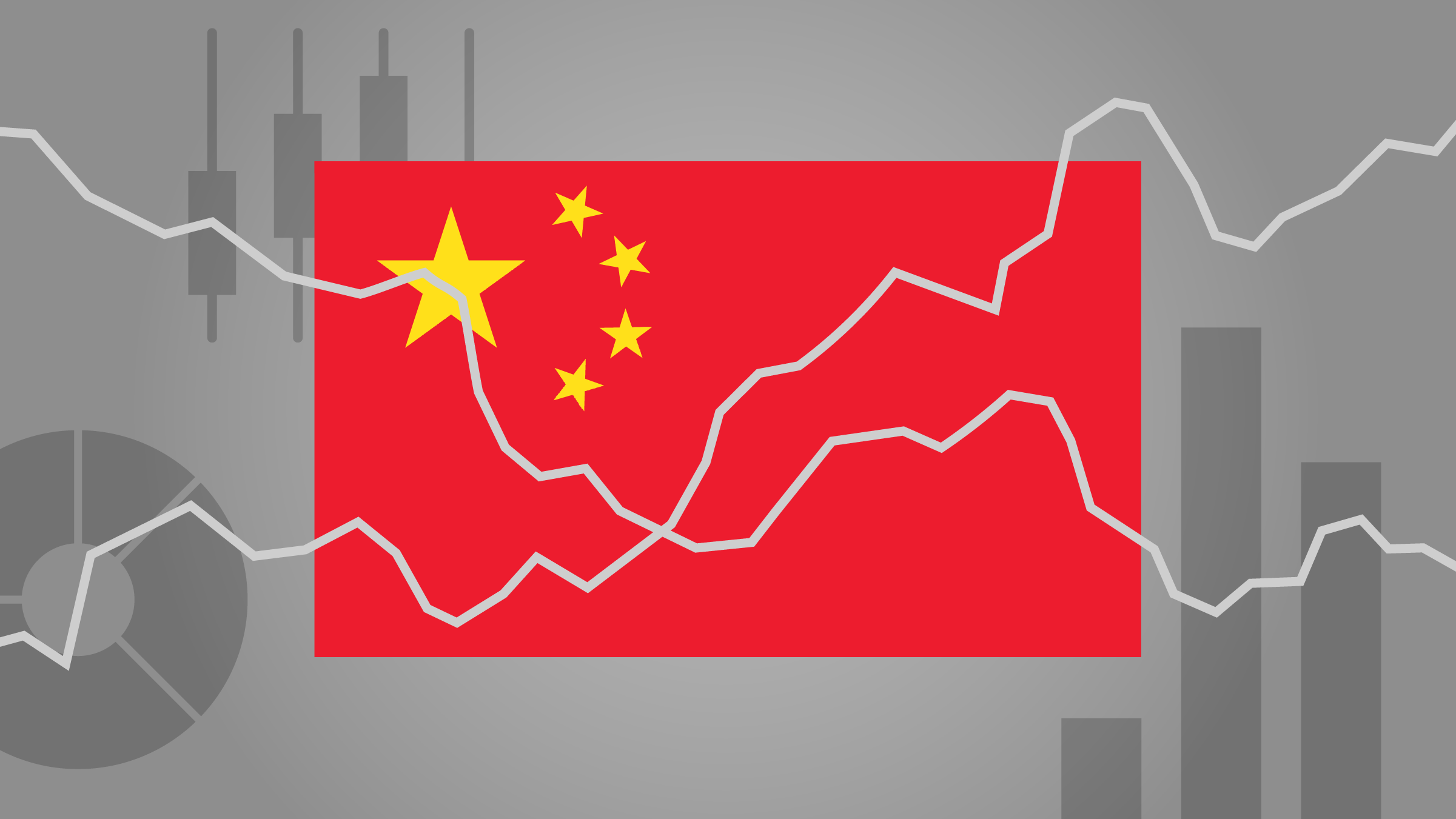Ollie Smith: Now, at the back end of last year Morningstar issued a big report on dividends. So, with another earning season in full swing, it’s worth looking at the impact of the dividend environment on fund strategies. Joining me to do just that are two stars of Morningstar research, Jeffrey Schumacher and Monika Calay, both directors of fund research in our Manager Research team.Jeffrey, if I could start with you – thanks for joining us – what has really been the story of dividends over the past few years and are investors preferring active or passive strategies?Jeffrey Schumacher: Yes. So, we really have seen a renaissance for dividend investors after an era that was dominated by growth stocks and dividend stocks were basically undervalued, unpopular and forgotten about. A drastic change in monetary policy since 2022 when central banks started to aggressively hike interest rates to combat rising inflation have put dividend-paying stocks back into the spotlights. So as a result, investors have invested a record €19.9 billion in European-domiciled globally investing dividend strategies in 2022, which was also followed by significant inflows in 2023. We must say, though, that investors have clearly shown a preference for globally focused dividend strategies as regional strategies remained out of favour. It’s also interesting to note that global dividend investing remains the domain of actively managed strategies as over 90% of assets within the global equity income Morningstar category are held within actively managed funds. So, although this domination of actively managed strategies contrasts sharply with what we have seen in other categories where investors have increasingly opted for passive funds, there is actually a good reason for it as actively managed global strategies have been exceptionally successful in adding value versus their passive counterparts.OS: Sure. And if I could just follow up with a question about the active space, viewers familiar with Morningstar’s regular Active/Passive Barometer report will note, shall we say, the more sceptical tone with regards to active management of late and in particular performance, the pressure to outperform. But I wanted to ask you what have active managers actually done well when it comes to dividend?JS: Yes. So, I think there are three key reasons that can explain the success of actively managed global dividend strategies which are the blended approach to dividend investing, the forward-looking nature and also the flexibility.So, to start with the blended approach, I think most passive dividend funds have typically ranked stocks in the universe and set their portfolio weights based on the dividend yield. However, screening for the highest yield can actually lead to significant sector concentrations and can also increase the risk of dividend cuts if those generous yields prove unsustainable. So actively managed dividend strategies, on the other hand, often avoid the highest yielding stocks in the market and instead combine dividend yield with dividend growth to build a more robust and balanced portfolio of complementary dividend stocks to smooth out returns over the cycle.Secondly, I think a key advantage of actively managed dividend funds is their emphasis on forward-looking fundamental analysis, not only to assess the potential for dividend growth, but more importantly, to carefully examine the sustainability of dividends. So rather than relying solely on backward-looking statistics and dividend history, analysing a company’s competitive advantage, cash flow generation, profitability, balance sheet strength and capital allocation decisions improves the robustness of the stock selection process and can also help to avoid dividend cutters.Finally, actively managed dividend funds tend to be more flexible in their approach than passive strategies, for example, by handling dividend cuts a bit more pragmatically, I would say. So, for example, actively managed dividend strategies have been more lenient with companies that had to cut their dividends during the Corona pandemic. And an interesting example here is InterContinental Hotels Group, which was of course deeply affected by the COVID-19 pandemic and announced a suspension of dividends in March 2020. While as the share price volatility created opportunities for patient and long-term investors, the portfolio managers of Trojan Global Equity Income took advantage of these unique circumstances to build a position in a company that they had long admired but always considered to be too expensive. While their pragmatism and long-term view here ultimately paid off as the stock price recovered strongly and also the company resumed dividend payments in 2022.OS: Sure. And just turning to Team Passive, I mean, Jeffrey was saying there, Monika, that perhaps there’s less flexibility on the passive side. What’s your take on the situation with passive?MC: Sure. So, in today’s market, passive global equity income funds have had quite the ride. What we’ve seen at Morningstar is honestly a bit of a surprise. These passive funds, while they’ve trailed behind their active peers over the last 10 years, now that’s not what you’d usually expect, right? Usually, passive funds are the ones outperforming active funds in most asset classes, especially after you consider fees. So, here’s the thing. The underperformance we’re seeing with these passive funds is largely because they emphasise value and small caps. But over the past decade, the market has favoured growth and larger companies, and this has naturally impacted the performance of passive strategies.OS: For those who are particularly interested in this, I mean, how are these sorts of funds actually constructed and what types of dividend strategies are actually available?MC: Definitely. So passive funds offer a variety of approaches. We have plain dividend strategies that focus on high yields, quality-based ones that prioritise more consistent payouts, and increasingly, not surprisingly, ESG-centric strategies The construction of these funds ranges from broad global benchmarks to more niche ESG screened indexes. And it’s all about offering investors a choice that aligns with their goals and also with their values. Of course, the construction of passive funds is largely driven by the index they track. And early on, many funds followed indices that had a primary focus on maximising yield. So, this naturally led to heavy tilt towards value stocks and small cap companies.But what I will say is that passive funds are diversifying their approach. Now, they’re not just chasing the highest yields, but they are combining yield with other factors like dividend growth and quality to create more balanced portfolios. They’re also increasingly incorporating forecasting yields into their strategies, shifting from that backward-looking focus to one that’s a little bit more forward-thinking. So, it will be interesting to see how these products continue evolving and how their story unfolds.OS: Sure. I’m just going to end by asking Jeffrey, what’s important when choosing a dividend strategy? I think Monika alluded to the topic of investor values perhaps in terms of ESG, but is there anything else that is worth noting?JS: Yeah, I think, in general, whether you choose for active or passive, I think it’s really important that investors realise what they are investing in. I mean, every different strategy typically strictly adheres to the investment principles that come with dividend investing, but they all do it in a different way. And I think it’s really important that investors look into the portfolios to see what kind of exposure they get with their different strategy, whether it’s more value oriented, whether it’s more growth oriented or more quality oriented, and how that might influence the ultimate outcome, so they can see whether those funds are meeting their expectations. I think that’s really key.OS: Sure. And Monika, I suppose, should passive investors perhaps be prepared for more of a wild ride?MC: I’m not going to predict.OS: Excellent. Okay. Well, thank you both very much indeed. For more on dividend investing and fund research, check out any of our international editorial websites. And until next time, I’ve been Ollie Smith for Morningstar.
Författaren eller författarna äger inga aktier i de värdepapper som nämns i denna artikel. Läs mer om Morningstars redaktionella policy.
















